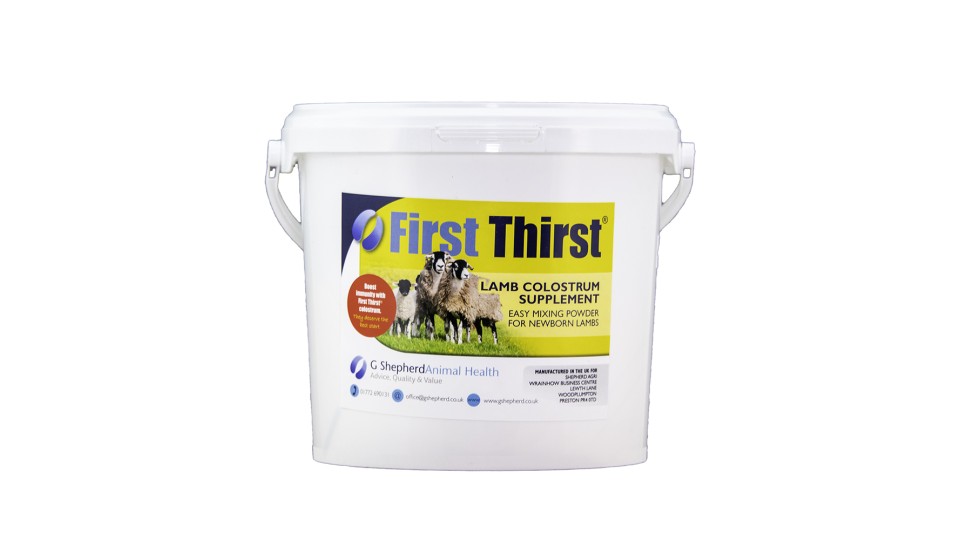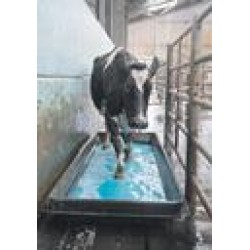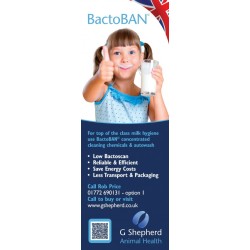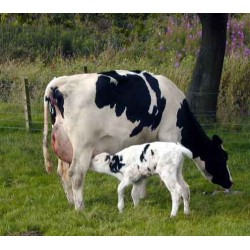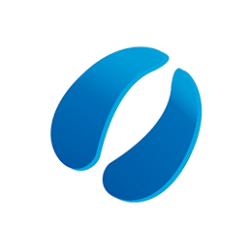Colostrum
Colostrum is the fuel of life. It’s the main kick-start to get the best start. The lamb ideally needs to have taken at least 50ml/kg of bodyweight within the first hour of life. Within an hour is not always practical but colostrum should be fed as soon as possible and certainly within the first 6 hours. Including its initial feed, a lamb should have consumed 200ml/kg with in the first 24 hours of life. Lambs born outside should have the allowance of colostrum raised by 15%.
All ewes should be checked after birth to see if they have an adequate amount of colostrum and that they are producing enough milk to rear their lambs.
There are a few different ways in which colostrum can be fed. Most lambs will be suckling within 15 minutes of life so you can leave them to it. For weaker lambs, assistance may be required through latching the lamb on to the ewes teat, bottle feeding or tubing the lamb. If the dam doesn’t have an adequate amount of colostrum, it can either be taken from another dam or bovine colostrum can be used as a substitute. If neither of those are available, then using a good quality colostrum supplement powder such as our first thirst lamb colostrum supplement or first thirst super lamb will do the trick.
The sooner a lamb is fed, the better the feed intake will be and less stress that will be put on the lamb.

